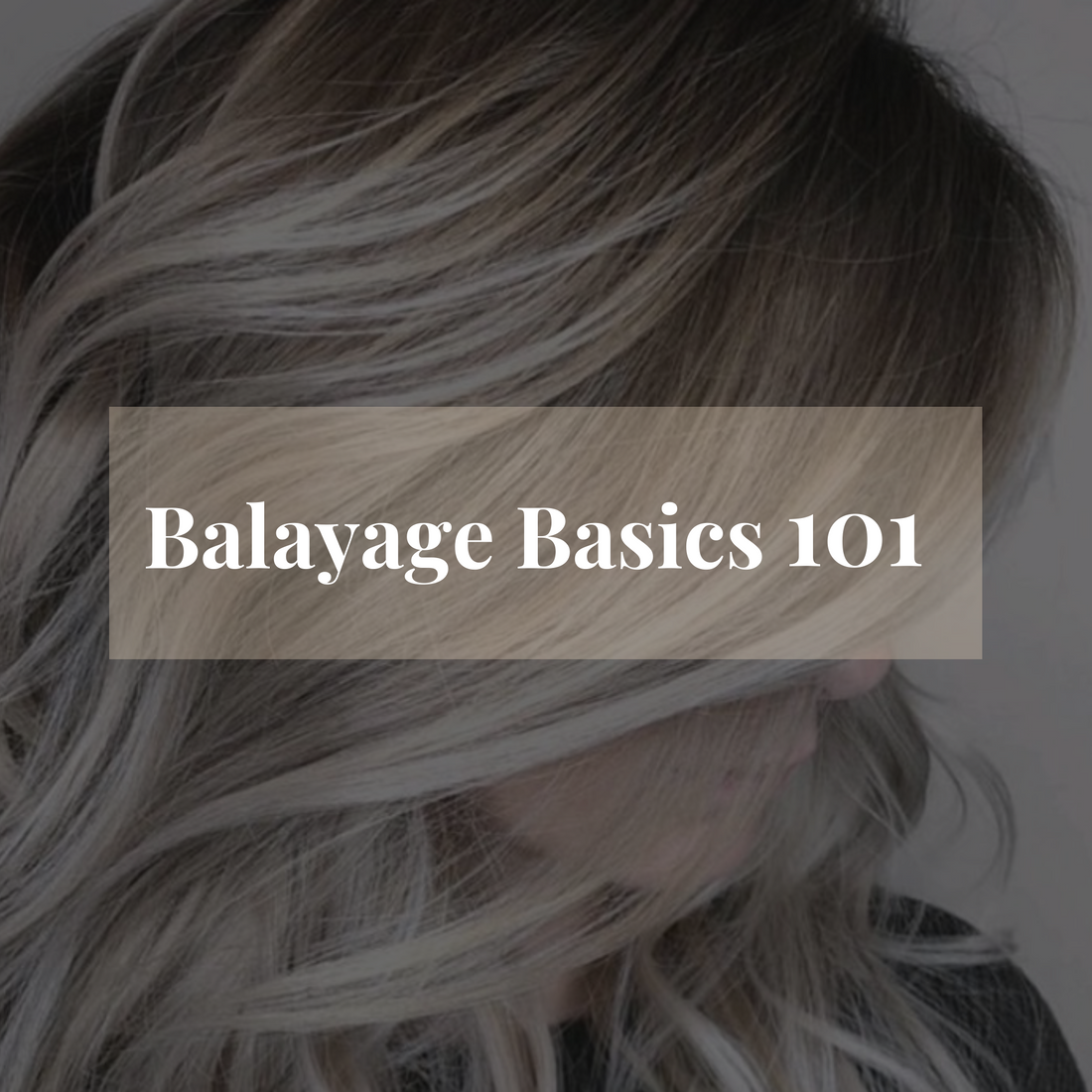
Just a little friendly reminder...
Balayage Basics 101.....
1️⃣. What kind of lightener do you use?
Typically a clay lightener is used for free hand 🤚🏼painting techniques however if your a painting genius then you might be able to use traditional lightener. The reason for the clay is that it incapsulates each section creating a shell if you will that hardens on the outside but continues to work on the inside (think of a Reese’s pieces). However the biggest downfall in clay lighteners is the lift 💪🏼. For this reason I choose @oligopro all of their lighteners are intermixable for custom consistency and lift.
2️⃣. Never start in zone 1 (the root area) this area lifts the quickest and is the least forgiving. For better results start in zone 2 and work up
3️⃣. NEVER rub the product back and forth as you will only take more product off in the end. Instead make sure the brush comes off the hair with every pass so your laying more and more product down. Move your arm in a “C” shape if that helps
4️⃣. Use your arms NOT your wrist
5️⃣. Do you use heat? .......NO
6️⃣. Do you incubate with Saran, mesh, etc? Personally I do not but that is just preference but feel free to do so if it makes you more comfortable.
7️⃣. Do not rush. It’s not a speed painting 🎨 contest. Do not leave your section until it’s smooth and blended. What you see 👀 is what you get. If it looks splotchy it will be splotchy
8️⃣. There is a fine line between saturated and over saturated. Make sure your lightener looks smooth with no lumps on the hair. Dots create spots
9️⃣ TENSION Tension tension will be your best friend when painting. Ask your client to resist the pull. Parallel to the part about 1/2 way down the section will give you your best tension. Holding the section too high will cause it to buckle. Holding the section to low will cause bleeding on the previous section. •
Balayage is just a technique NOT a look 👀. Don’t beat yourself up if your struggling with it. It’s a very organic technique that can take several years to master. Practice Practice Practice. •

